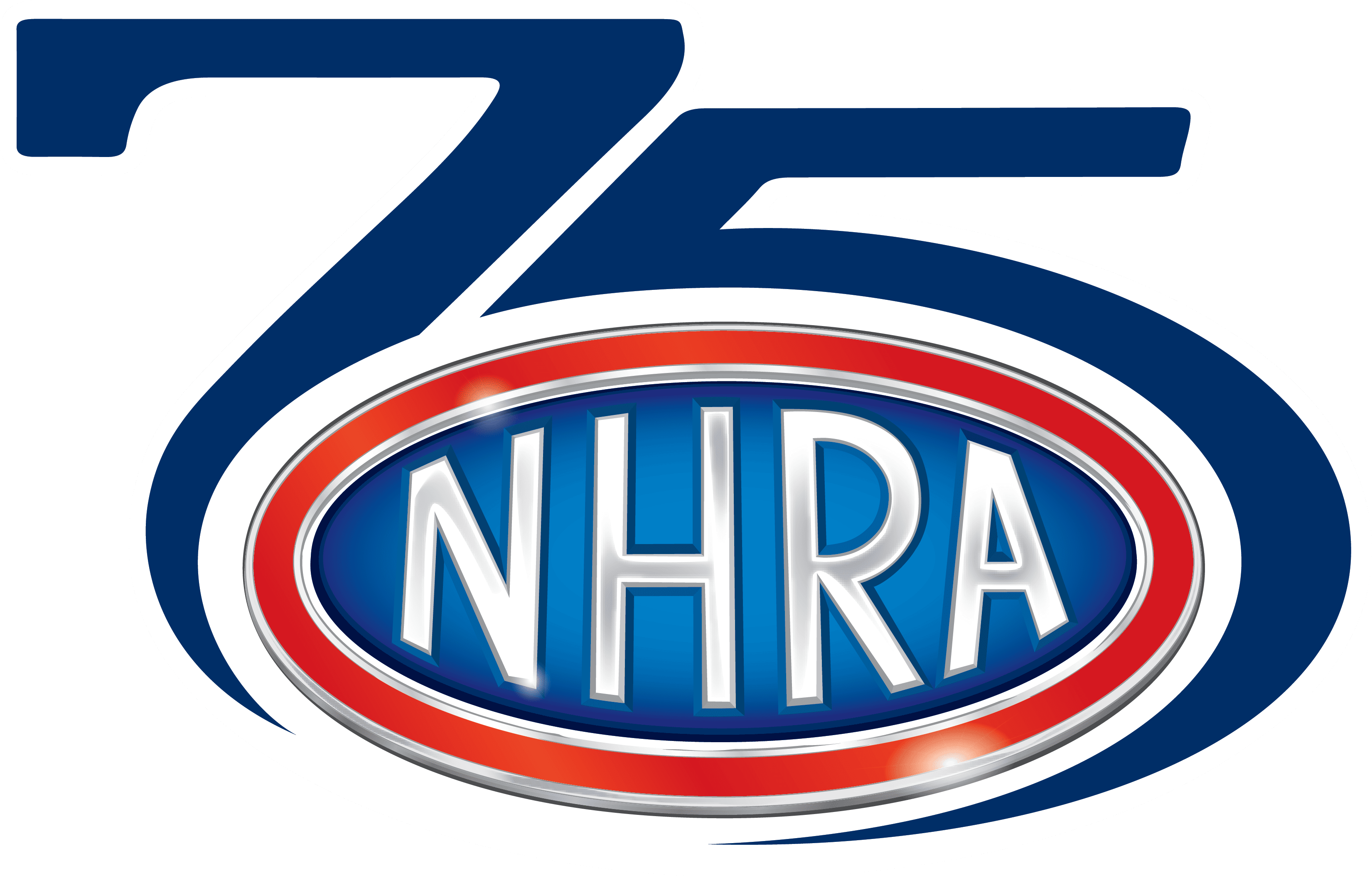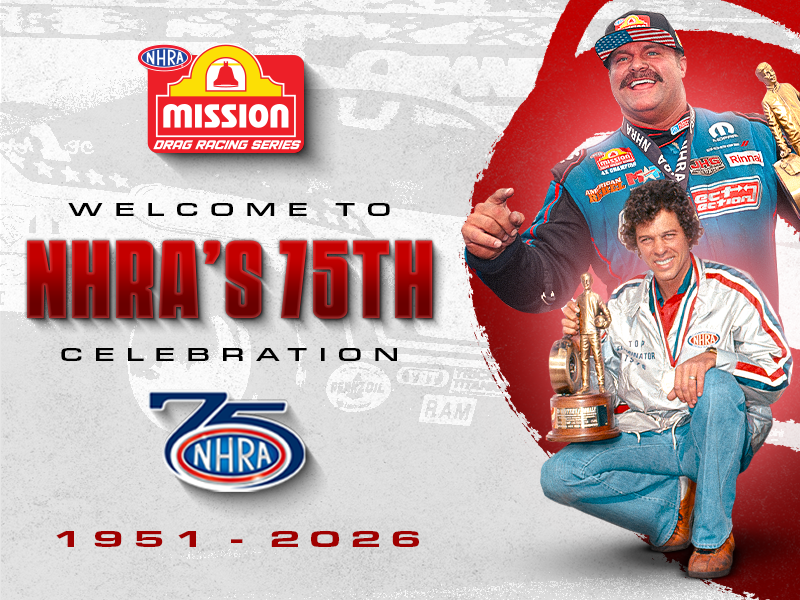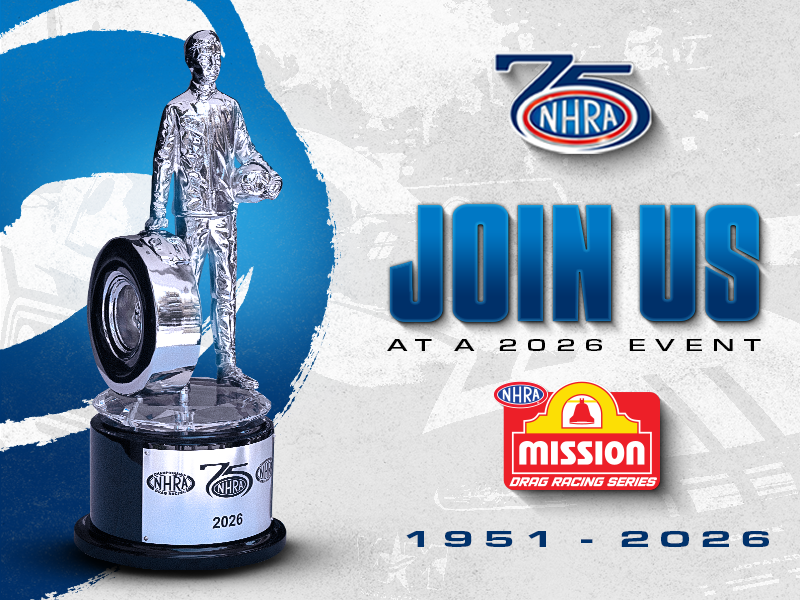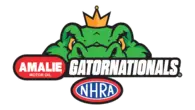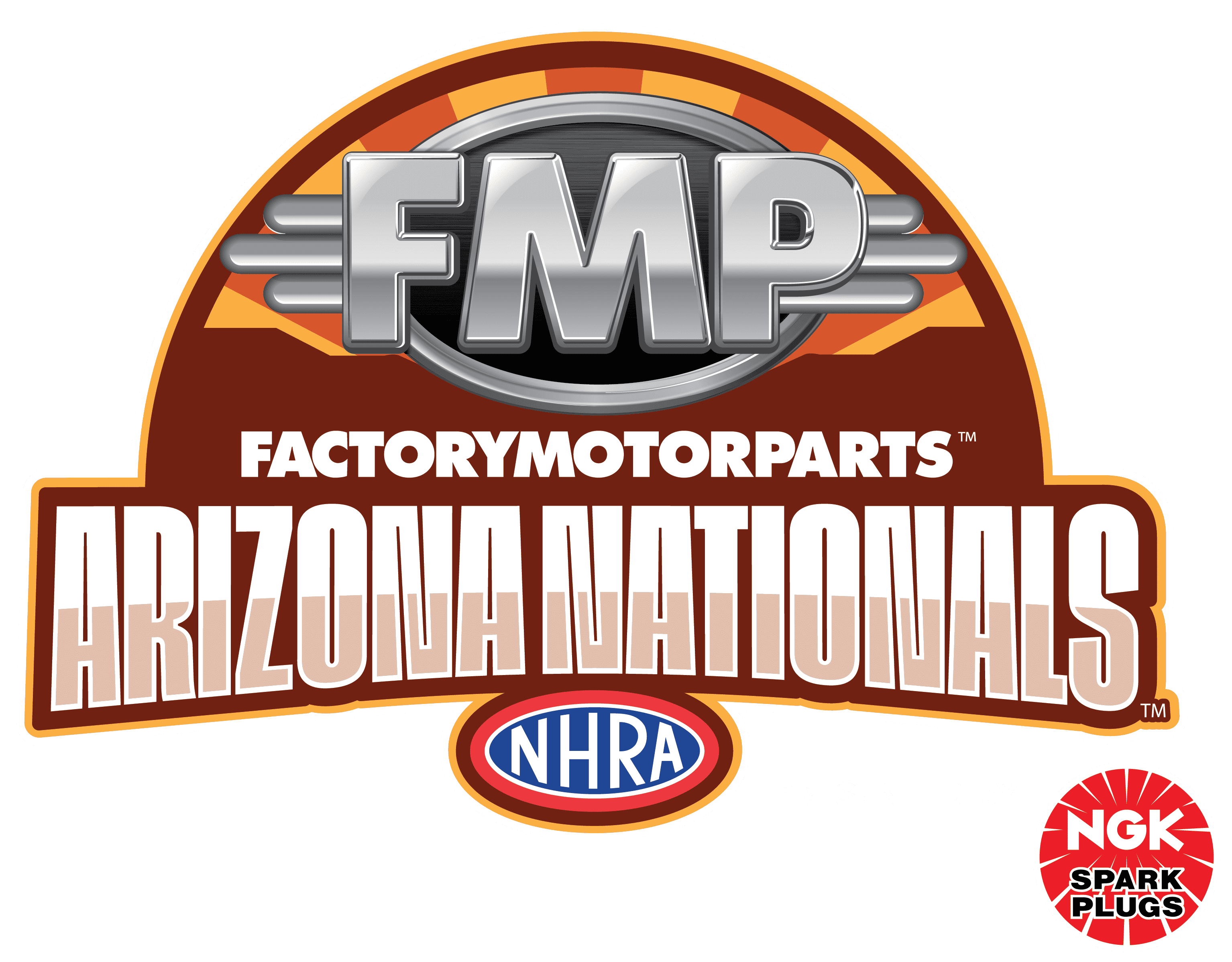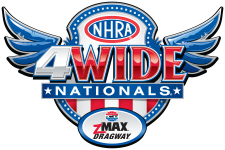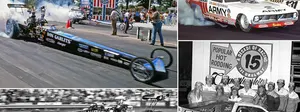Cleaning out the Inbox
Forgive today’s later posting as I’m still sorting through the facts and figures from the great race this past weekend in Las Vegas and putting the finishing touches on my National DRAGSTER assignments from the event.
I’ve also been working to clear out a mini backlog of mail and comments from past columns and other stuff, so I’ll filter some of that out today, and we’ll continue on our merry way.
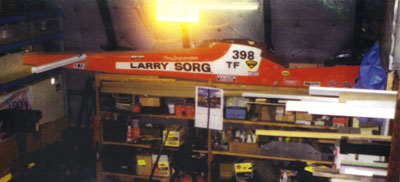 |
Bill Schneider’s three-year-long pursuit of Don Moody’s 1972 rear-engine dragster is finally beginning to pay off. The car famously won the 1972 Supernationals with a 5.91-second clocking in the final round after Mike Snively had run the sport’s first five, a 5.97, in a losing semifinal effort. The 5.91 was a shocking blast that no one saw coming and one that Schneider believes makes the car worthy of a restoration.
“Even though all of [the nostalgia] folks want [front-engine dragsters], I believed that Moody’s five-second car was more important and historically significant,” he told me recently.
After Hal Canode posted a photo on the Standard 1320 newsgroup of Larry Sorg’s old rear-engine dragster in the rafters of his Fort Wayne, Ind., barn and mentioned that he had bought the car from Wes Cerny – a partner on the Moody car – Schneider, intrigued, contacted Canode, who agreed to ask Sorg about the car. Though it’s not the original chassis, it is the original Tom Hanna body.
“I sent the photo to Hanna, and he okayed the authenticity,” said Schneider. “It's the original orange paint and the original decals. Larry just painted a white stripe over the Walton-Cerny-Moody name and lettered his over the top. I wish I knew someone that could get the white stripe off safely to save the original lettering.”
Sorg agreed to sell the body to Moody’s daughter, Darielle, so Schneider wired funds to Canode to purchase the body, who then wrapped it and delivered it to Frank Ousley (Crop Duster Nostalgia Top Fueler), who brought it to Moody and Schneider at the California Hot Rod Reunion.
“No one in this whole process would let me pay one dime except for the actual purchase,” said Schneider. “Everyone said it was to save a historical car.”
The duo also now has a line on the original chassis and hopes to reunite them.
“The last known owner was a guy from Chicago named Kevin Conner, a Sportsman racer. He ran an ad for the car in National DRAGSTER in ‘07 but called the car an S&W. Don Long will rebuild this historic chassis for us if we have just one small part to start with.
“How many more significant cars are still out there in shop or barn rafters?” mused Schneider.

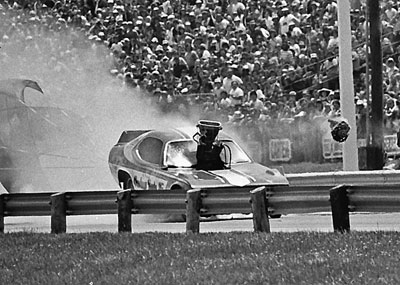 |
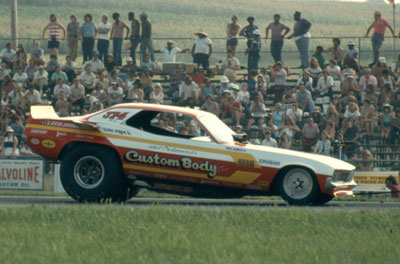 |
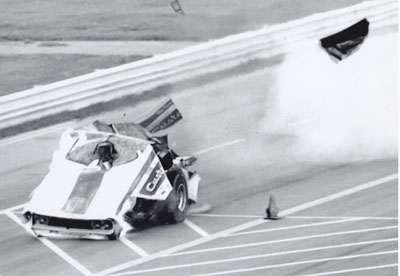 |
My tribute to Phil Castronovo caused a few of you to dig through old boxes of photos for your best Custom Body shots, which are included at right, submitted by Tom Schiltz (right) and Dale Cole (below right).
I also heard from Martin Foote, whose dad managed a Canadian dragstrip from 1968 to 1970 (he didn’t specify which). “Back then, I believe Phil managed the Cavalcade of Stars, if I am not mistaken. Phil would book in eight or 16 Funny Cars to match race at the track. Drivers had one order if they wanted to get paid: Smoke the tires on the burnout. Back then, it was all about the show (burnout), not the win. Many of the drivers on the match race circuit took it very easy on their equipment. On more than one occasion, Phil gave well-known Funny Car pilots a piece of his mind for what Phil thought was laying down on a run. Needless to say, they would not return with Phil and his group.”
The final picture here is a reprise of the top-end blower explosion in Indy in 1971, which I post-credited to Steve Reyes after he dropped me a line to claim it. (I told him that I had almost emailed him before publishing that column to ask if it was his but changed my mind after reasoning that he did not capture on film every great crash. Guess I was wrong.)
A similar photo of the famous Castronovo boomer ran in the center spread of Life magazine, and Reyes definitely gets an assist for that, too. ”I was on the tower roof at the finish line,” he remembered, “and the Life photographer was next to me. He had never shot drag racing; he turned to me and asked if I had shot these cars before, and, of course, my answer was yes. He asked which car to photograph, and I told him the car in the far lane. So here comes Castronovo, and KA-BOOM! After things were cleaned up off the track, the Life photographer just turned to me, and with a big smile, he thanked me and headed home.”

The speculation during the Don Nicholson threads about race cars being half-eaten while subjected to extra-long acid baths yielded quite a few responses.
Paul Greven of Pomona noted, “There is a story in VW racing lore that the Scheley brothers were building a VW sedan to go to the Winternationals in the early ‘70s. Being bucks down, they found a place that would do it cheap, but only half the car would fit in the tank at one time. It was over New Year's, and they put one end in and came back later to put the other end in. They turned on the Rose Bowl game and forgot about the car in the tank until several hours later. As they pulled the one end out there was nothing attached to it, just the half they had already done. Now there was a frantic search to replace the body they had lost, but they still made it, according to the story.”
Carl Ginn reported that the book about the Ramchargers team, We Were the Ramchargers, talks of shipping their cars by rail to California to be acid-dipped. “There are only a few paragraphs, but they are quite informative about the process and the problems with it. The acid continued to work after the process, and the cars would return back east with the roof laying inside the car, eaten through from the acid. I guess they didn't know the particulars on neutralizing after the acid wash. Also, they couldn't keep paint on the cars; it would just bubble off from the acid in the sheet metal.”

 |
 |
And finally there’s this odd bit of drag racing memorabilia above. It’s an ad that appeared in the 1970 Hot Rod Show World program promoting Plymouth’s Rapid Transit System and its drivers, which, as we know, included our own Don “the Snake” Prudhomme and Tom “the Mongoose” McEwen. The ad was sent by Marshall Gorby, chief photographer for the Springfield (Ohio) News-Sun newspaper, who noted that the artist obviously took some liberties with our Wildlife Racing friends.
At right is the close-up of the portion in question, which shows our heroes in Funny Cars, but … McEwen is shown in a Barracuda and Prudhomme a Duster, which – as any first-grade drag racing history student will tell you – is bass-ackwards.
Gorby wanted to know what was up with that. Had the duo originally been targeted to drive different cars than they ended up in? Fortunately for us all, “Snake” and “Mongoose” were with me in Las Vegas (or maybe it’s I was with them), and when they came to the media center for an interview, I showed it to both, and neither could explain it (nor did they ever remember seeing the ad).
Prudhomme said that he always liked the 'Cuda better than the Duster and that Dick Maxwell from Chrysler had assured him that he’d get his choice. Chalk this one up to artistic license.
